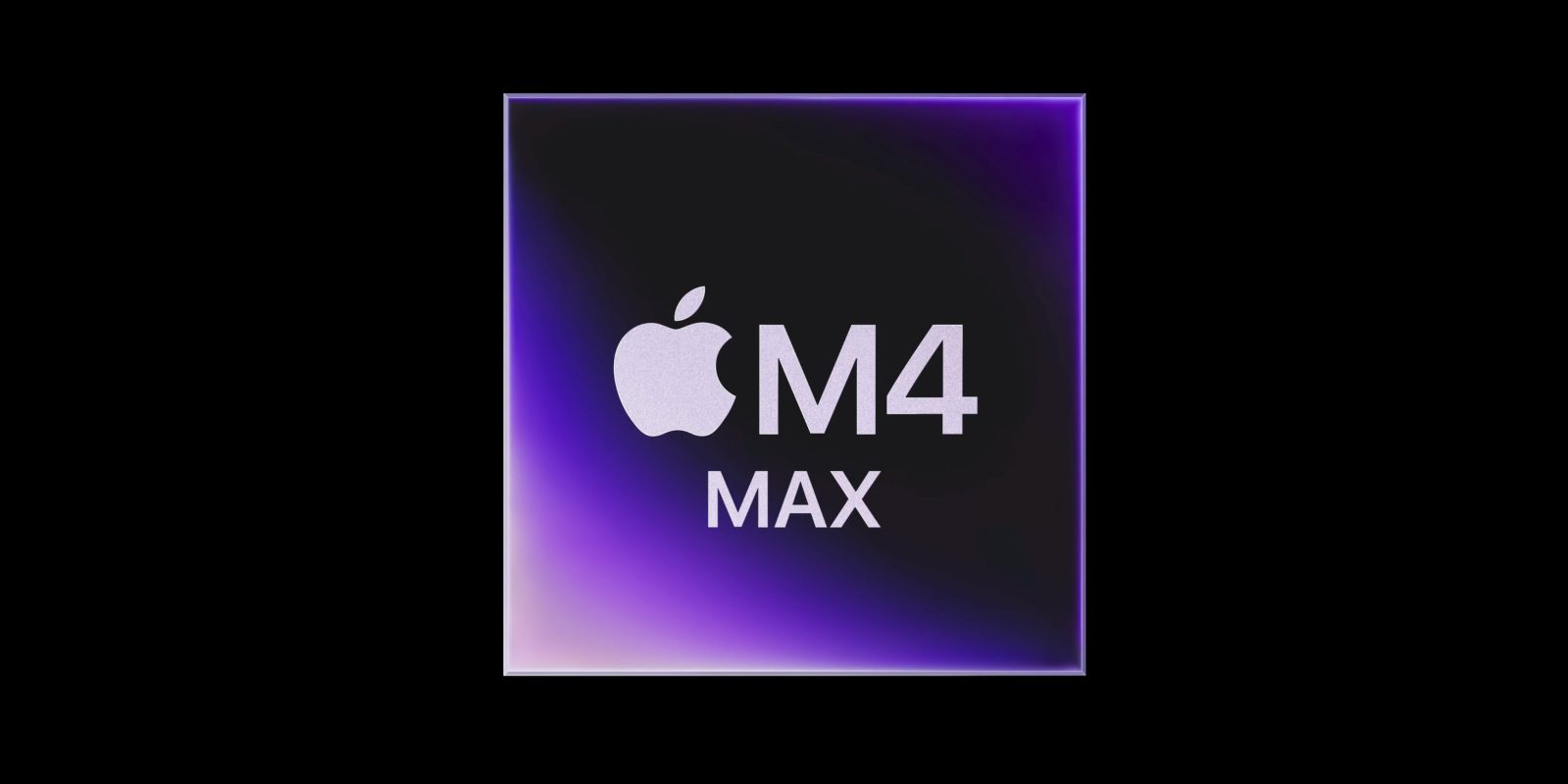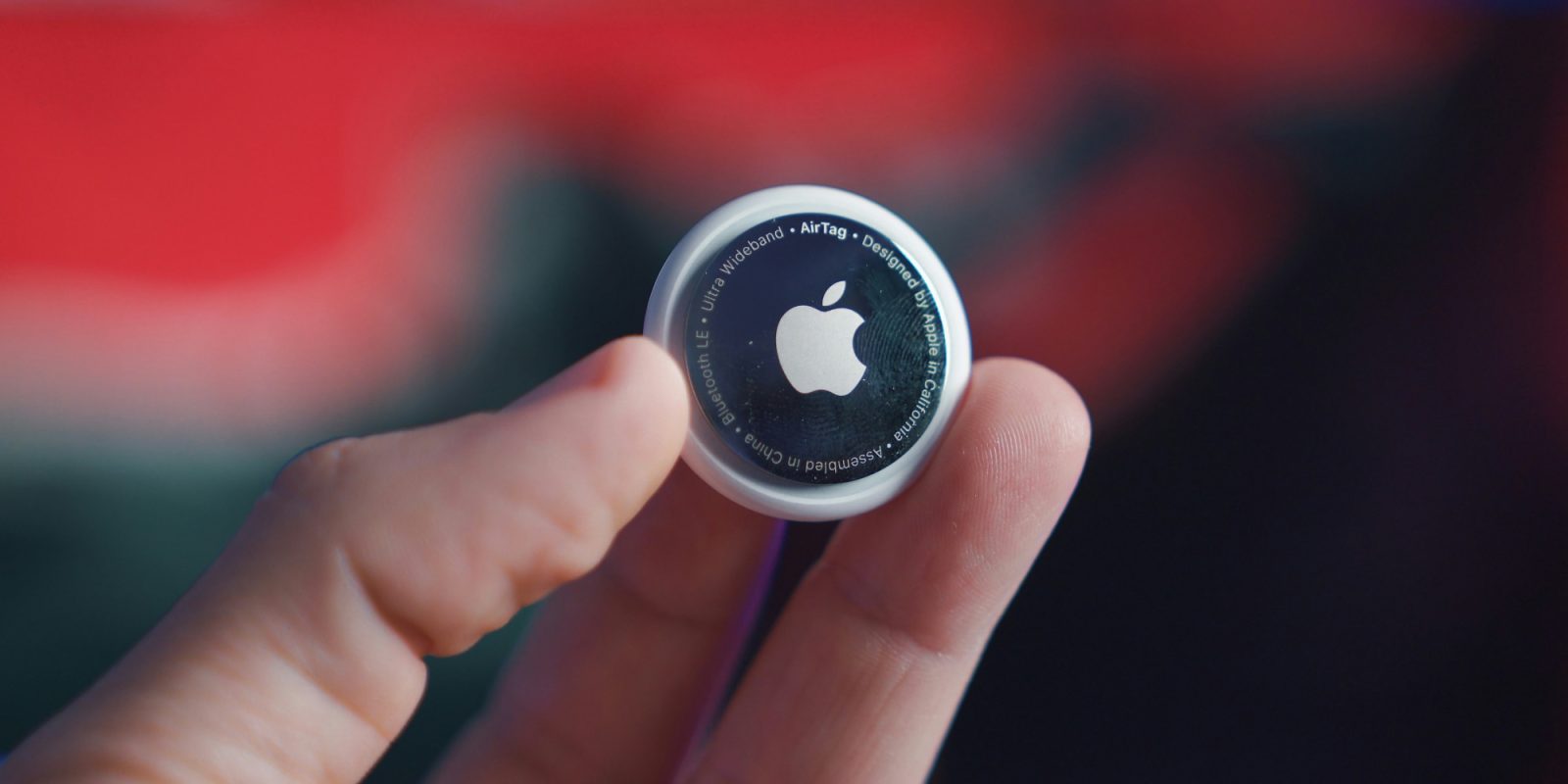WWW.IGN.COM
Daily Deals: Keychron Mechanical Keyboards, Samsung S90C 4K OLED TV, Balatro Special Edition, and More
The weekend is officially here, and we've rounded up the best deals you can find! Discover the best deals for Sunday, November 10, below:65" Samsung S90C 4K OLED Smart TV for $999.9965" Samsung S90C 4K OLED Smart TVThe Samsung S90C is a 2023 model (superseded by the S90D for 2024) and was considered one of the best OLED TVs on the market last year, superior to even the LG C3. The S90C uses Samsung's proprietary quantum dot (QD) OLED panel. QD OLED panels are brighter than traditional OLED panels without losing the color accuracy, range, and wide-viewing angles that OLEDs are known for. Compared to a traditional LED LCD TV, an OLED TV offers superior image quality, near-infinite blacks, near-infinite contrast ratio, and near-instantaneous response times.Save Up to 60% Off Keychron Mechanical KeyboardsUp to 60% off Keychron Mechanical KeyboardsUse code 'KEYCHRONFIVE' for an extra $5 off. See it at WootWoot has quite a few different Keychron Mechanical Keyboard models on sale this weekend, which are perfect if you're looking for a new keyboard. You can even save an extra $5 off the models on sale by using the code KEYCHRONFIVE! Be sure to get your order in while you can, as this coupon will end on Tuesday, November 19. Mario & Luigi: Brothership for $49.99Mario & Luigi: BrothershipMario & Luigi: Brothership is the first Mario & Luigi title on Nintendo Switch, acting as the first new entry in the series in over nine years. Developed by Acquire, this is the first 3D entry in the series, with plenty of new mechanics to discover. Join Mario and Luigi on this adventure to reconnect the world of Concordia and set sail to many islands on Shipshape Island!Save on ROG Ally at Best Buy$449.99 for My Best Buy Plus MembersAsus ROG Ally AMD Ryzen Z1 Extreme 512GB Gaming HandheldThis weekend at Best Buy, you can save on the ROG Ally Z1 Extreme model, where it's priced at $499.99. This handheld device is perfect for exploring your Steam library on the go, with PC Game Pass support also easily accessible. If you're a My Best Buy Plus member, you can save an additional $50 off this deal, scoring the ROG Ally for $449.99. Lies of P for $39.99Lies of P - PlayStation 5Amazon has Lies of P discounted to $39.99 this weekend, making now a perfect time to pick up on of 2023's most popular games. In our 8/10 review, we said "Lies of P might not branch out particularly far from its soulslike inspiration, but like a marionette controlled by a skilled puppet master, it plays the part extremely well in a wonderfully dark fantasy world."Metroid Dread for $39.99Metroid Dread - Nintendo SwitchMetroid Dread was the grand return of 2D Metroid on Nintendo Switch, with developer MercurySteam teaming up with Nintendo EPD to craft the long-awaited next chapter in Samus Aran's story. Challenging puzzles, fun boss fights, and wide exploration combine to create one of the best games on Nintendo Switch. Don't miss your chance to pick it up at a discount this weekend. AMD Ryzen CPU SaleAMD Ryzen CPU SaleSee it at AmazonCPUs can be quite expensive, especially if you're looking to build with the latest on the market. Amazon has a select group of Ryzen 5, 7, and 9 processors on sale this weekend, with up to 60% off. Both 5000 and 7000 series models are available, so now is a great time to score a CPU upgrade.Save on This M2 MacBook AirApple - MacBook Air 13-inch Apple M2 - 16GB Memory - 256GB SSDAs part of Best Buy's early Black Friday sales, you can save $250 off this M2 MacBook Air. With 16GB of RAM and 256GB of SSD storage, this is a very solid option for those looking to either upgrade their current Mac or enter the ecosystem for the first time. This model includes features like TouchID for login, a display capable of up to 500 nits of brightness, and Apple Intelligence support.Persona 5 Royal (PC) for $19.99Persona 5 Royal: Standard Edition (PC)Persona 5 Royal is by far one of the most beloved games of the last ten years. With a vibrant cast of characters and impressive narrative, there are well over 100 hours of gameplay here to discover. The turn-based combat system the Persona series is known for feels better than ever, with new mechanics to customize your gameplay the way you like it. Balatro Special Edition On SaleBalatro Special EditionAmazon has Balatro Special Edition for PlayStation 5, Nintendo Switch, and Xbox Series X|S on sale for just $19.99 this weekend. As one of the biggest games of the year, there's never been a better time to jump in and experience this deck-building roguelike.Outer Wilds: Archeologist Edition for $19.99Outer Wilds: Archeologist Edition - PlayStation 5If you've never wandered the solar system of Outer Wilds, an experience like no other awaits. As a new recruit of Outer Wilds Ventures, you will seek the answers that await within these hand-crafted planets and moons. This package includes both Outer Wilds and Outer Wilds: Echoes of the Eye, the game's expansion.

/cdn.vox-cdn.com/uploads/chorus_asset/file/25535403/STK004_FBI_CVIRGINIA_A.jpg)







